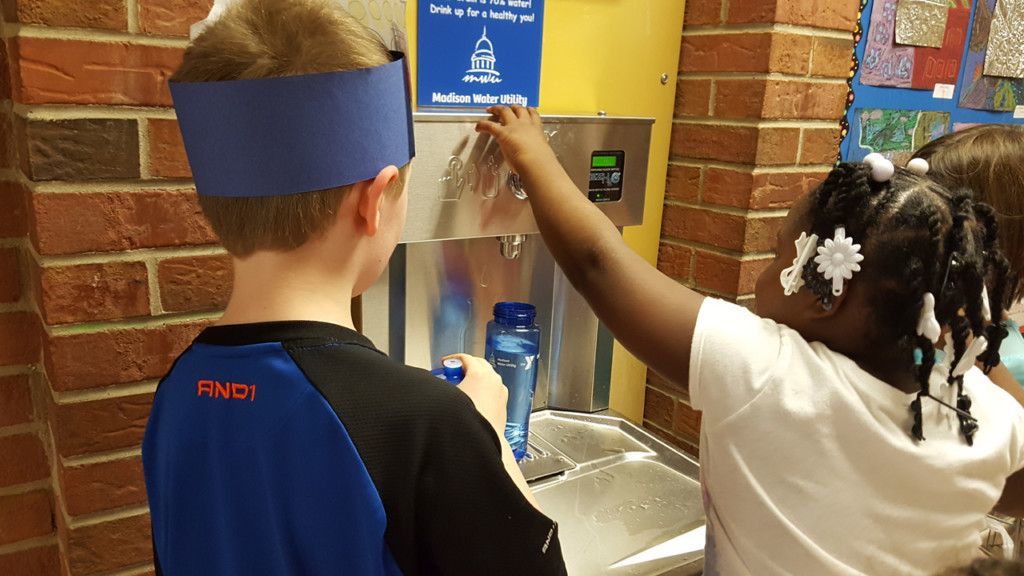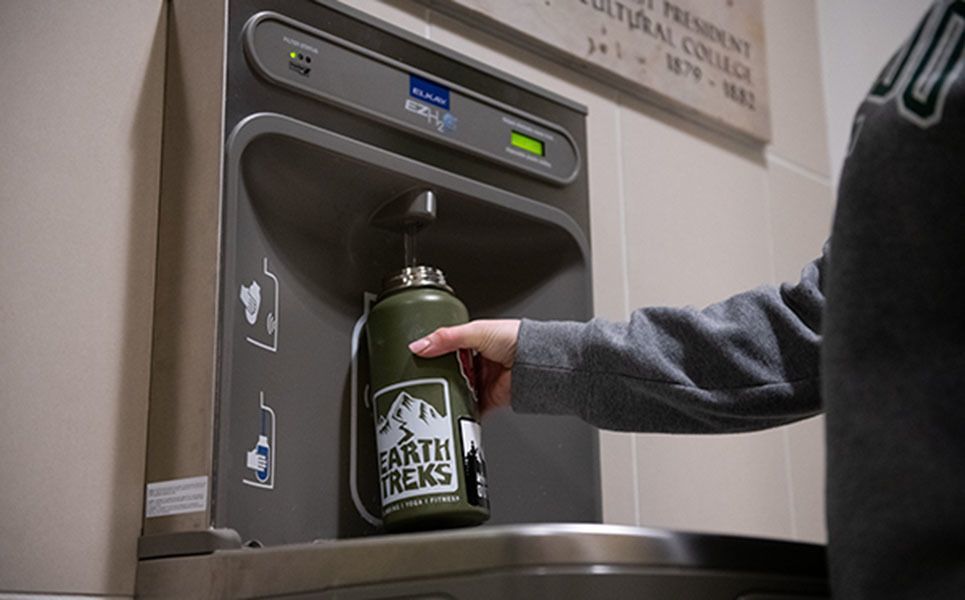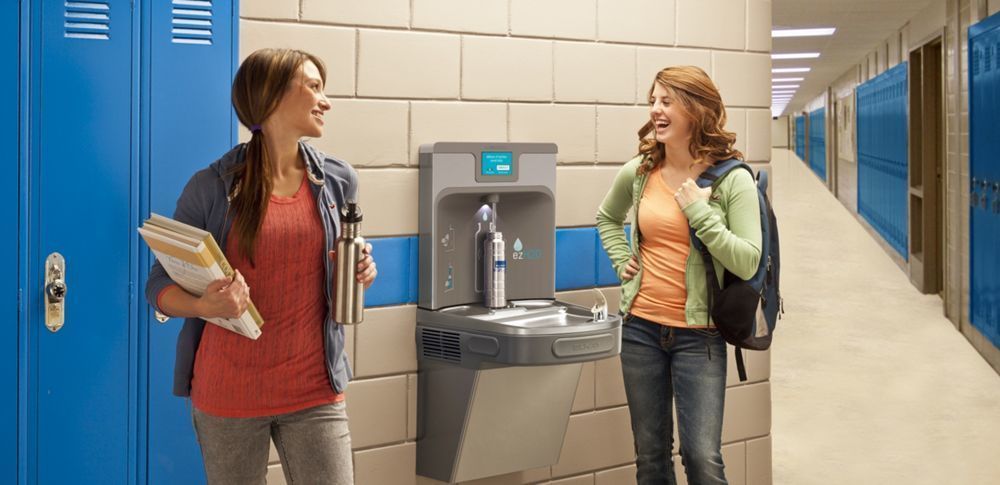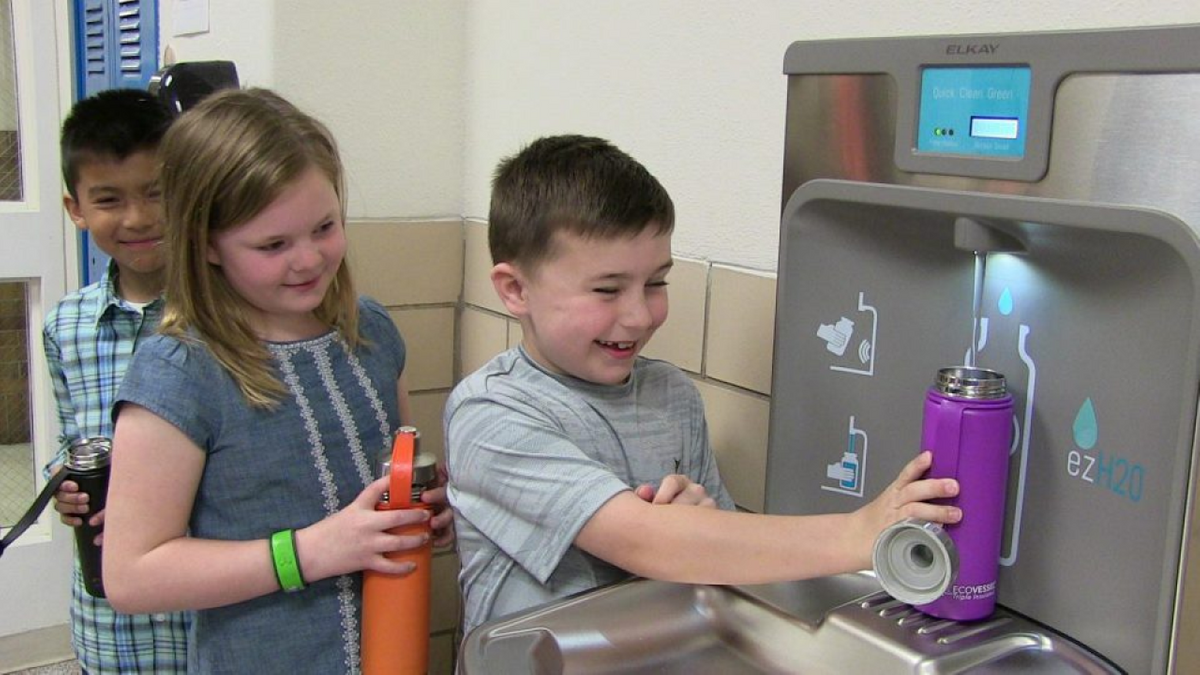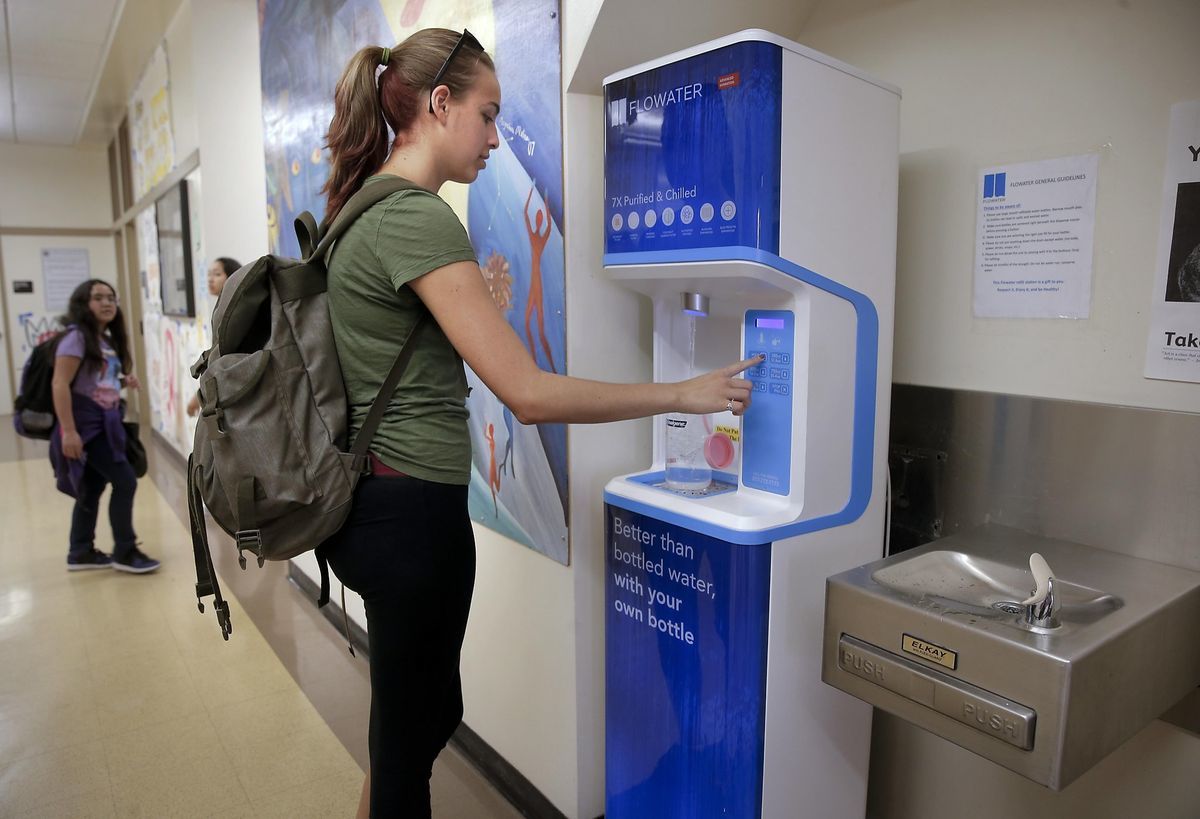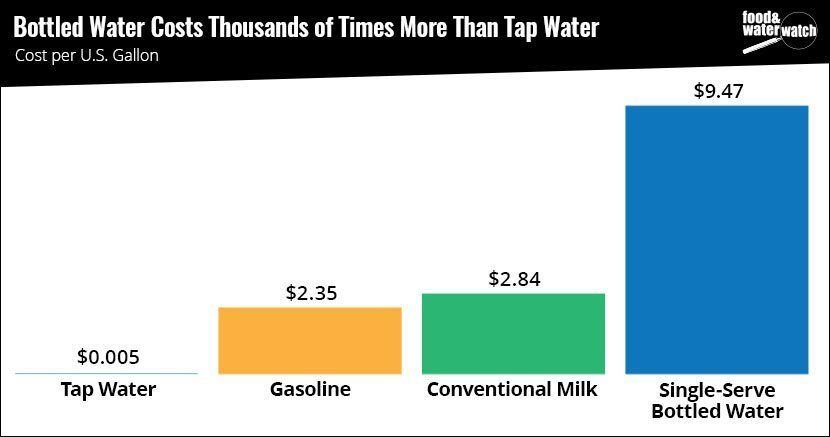Water Filling Stations
There are so many good reasons why ArCOP advocates the use of water filling stations in schools throughout the state, but the biggest reason... the health of our children. They are clean, easy to use, inexpensive, eco-friendly, and provide a healthy alternative to the sugary beverages that lead to so much obesity.
Cleaner is better
Traditional Water Fountains can be a fountain of germs. They are touched by countless hands and even mouths. Water filling stations have recessed spouts and because students use their own refillable bottles they are virtually touchless. The spread of germs and disease are greatly diminished.
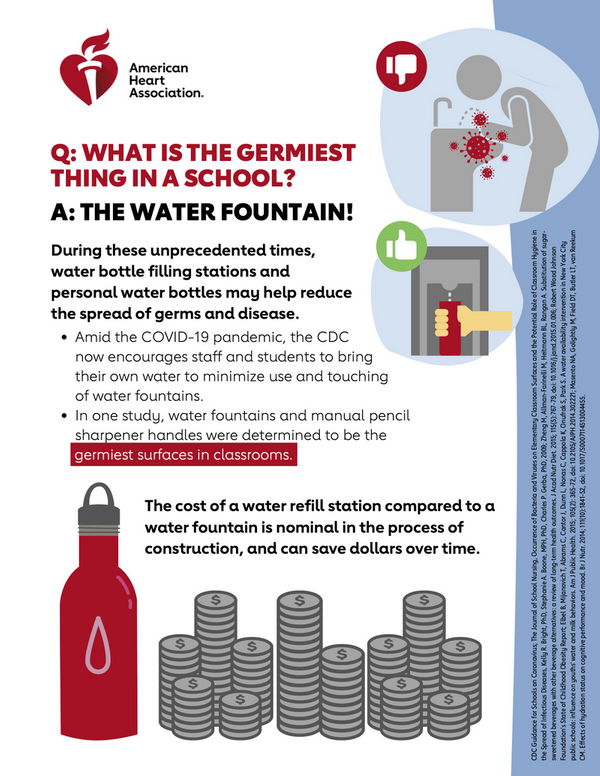
Less Obesity
It's no secret the empty calories that come from sugary beverages can play a significant role in childhood obesity. One study has shown each daily serving of sugar-sweetened beverages was linked to a 60% increased risk of obesity (https://pubmed.ncbi.nlm.nih.gov/11229668/). Water filling stations provide an easy alternative to soda or sugary juices.
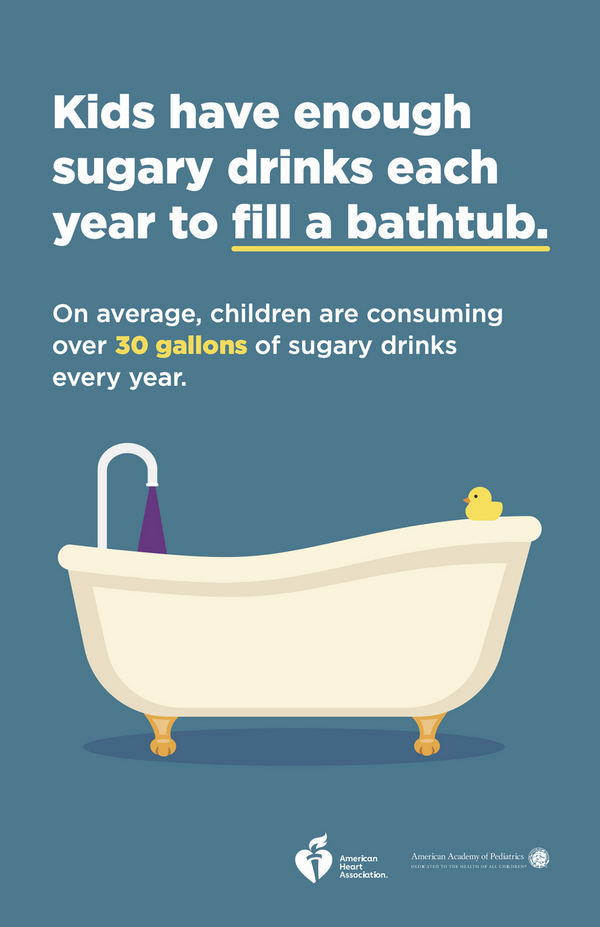
Water Consumption

Studies show when water bottle filling stations are installed in schools, students nearly triple how much water they drink at lunch time. That's a big deal! Not only because the risks of obesity are greatly reduced. Drinking enough water may also improve a child’s performance in school and has been shown to help with reasoning skills and short-term memory. It also can help with visual attention and fine motor skills, making it easier for children to learn what they are reading.
Less Expensive
Sugary beverages are expensive, but did you know that bottled water can be up to 2000 times more expensive than water from a school filling station? Duke University installed 50 water filling stations on campus and estimated they saved about 400,000 water bottles (https://today.duke.edu/2015/10/hydrationstations). Think of the cost savings. Now think how much families can save by sending their children to school with one refillable water bottle. Need more evidence? Check out the graphic from Food &Water Watch
Eco-Friendly
Americans buy 29 Billion water bottles a year and all that plastic has to go somewhere. Unfortunately only 1 in 6 is recycled. That means an estimated 2 million tons of bottles are clogging our landfills. AND they take about a thousand years to decompose. It's clear this is a problem that won't go away without changing the way we consume water. Water filling stations are a giant step in the right direction.
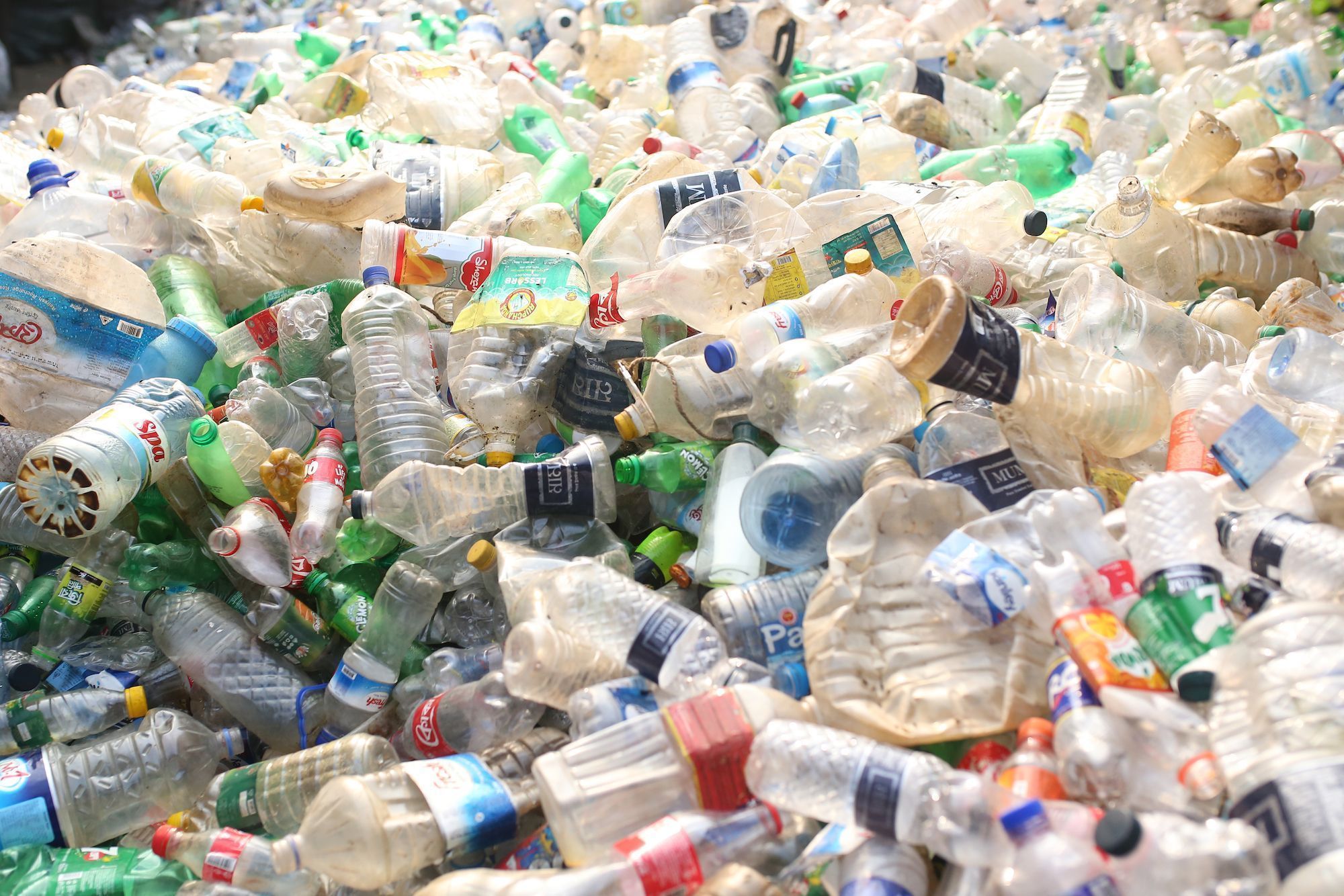
Helpful Resources
Voices for Healthy Kids from the American Heart Association is a fantastic resource for issues affecting the health of children, including water filling stations,
The CDC has their own Water Access in Schools page.
The National Drinking Water Alliance has loads of information and research on the importance of water in schools.

